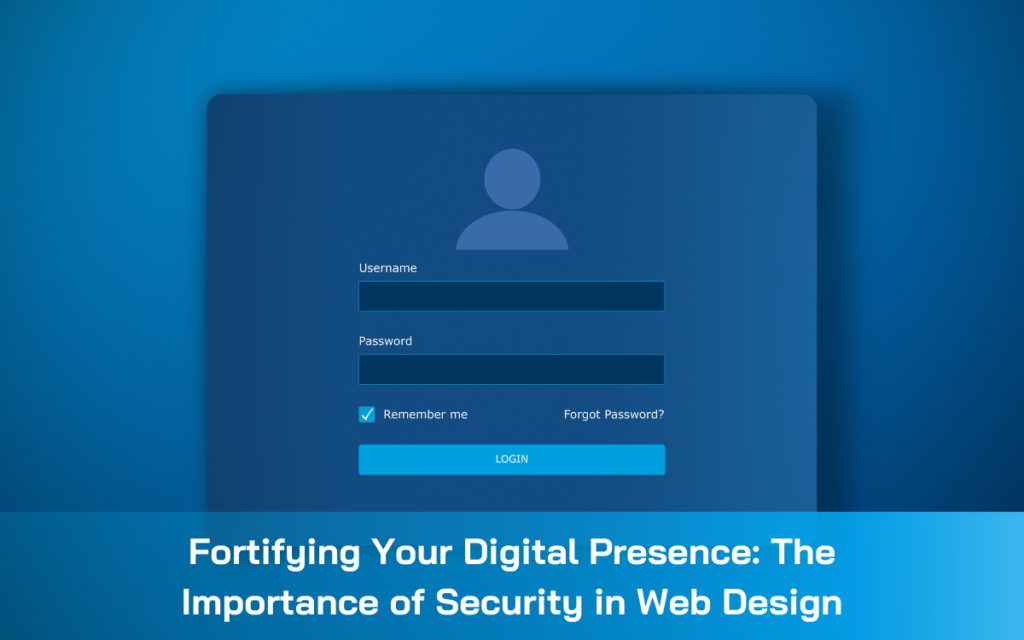Last Update: May 24, 2023

In today's digital age, a robust online presence is crucial for any business. However, as we leverage the power of the internet to reach a broader audience, cybersecurity threats have also grown exponentially. The integration of security measures during the web design and development process, therefore, becomes indispensable. This article explores the key elements of incorporating security in web design and its significance in safeguarding your digital assets.
The Imperative of Security in Web Design
A secure website is vital for protecting sensitive data, maintaining user trust, and ensuring a seamless online experience. Without robust security measures in place, websites become vulnerable to cyberattacks, leading to potential data breaches, loss of customer trust, and damage to brand reputation. Integrating security protocols during the web design and development stage not only mitigates these risks but also enhances the overall user experience.
Key Aspects of Security in Web Design
1. Secure Sockets Layer (SSL) Certificates
SSL certificates encrypt data exchanged between a user's browser and your website, ensuring information remains secure during transmission. A site with an SSL certificate displays 'https' in the URL, assuring visitors that the website is secure.
2. Safe User Authentication
Implementing secure user authentication protocols is paramount. Strategies may include multi-factor authentication, robust password policies, and secure storage of user credentials.
3. Regular Updates and Maintenance
Keeping your website’s software, plugins, and themes updated is essential in mitigating security vulnerabilities. Regular maintenance and monitoring can help identify potential threats early and keep your site secure.
4. Protection Against Cross-Site Scripting (XSS) and SQL Injection
Implementing defenses against XSS and SQL Injection attacks can help protect your website's data. These attacks involve injecting malicious scripts into your site, highlighting the need for data validation and sanitization.
5. Secure Payment Gateways
For e-commerce websites, integrating secure payment gateways that comply with Payment Card Industry Data Security Standards (PCI DSS) is critical for protecting customer payment information.
Conclusion
Security is not an afterthought but a fundamental part of web design and development. A secure website not only protects sensitive data but also builds trust with users, essential for successful online engagement. By prioritizing security in web design, businesses can ensure their online presence is a secure, trusted, and welcoming space for all visitors.
Recent Posts
- The Importance of Digital Transformation in Today’s Business Landscape
- Micro-Interactions: The Little Web Design Elements with Big Impact
- Why Local Businesses Need Responsive Web Design Now More Than Ever
- Navigating the Digital Realm: Recent Developments in VR and AR Technology
- The 5G Revolution: Real-world Implications and Future Prospects
